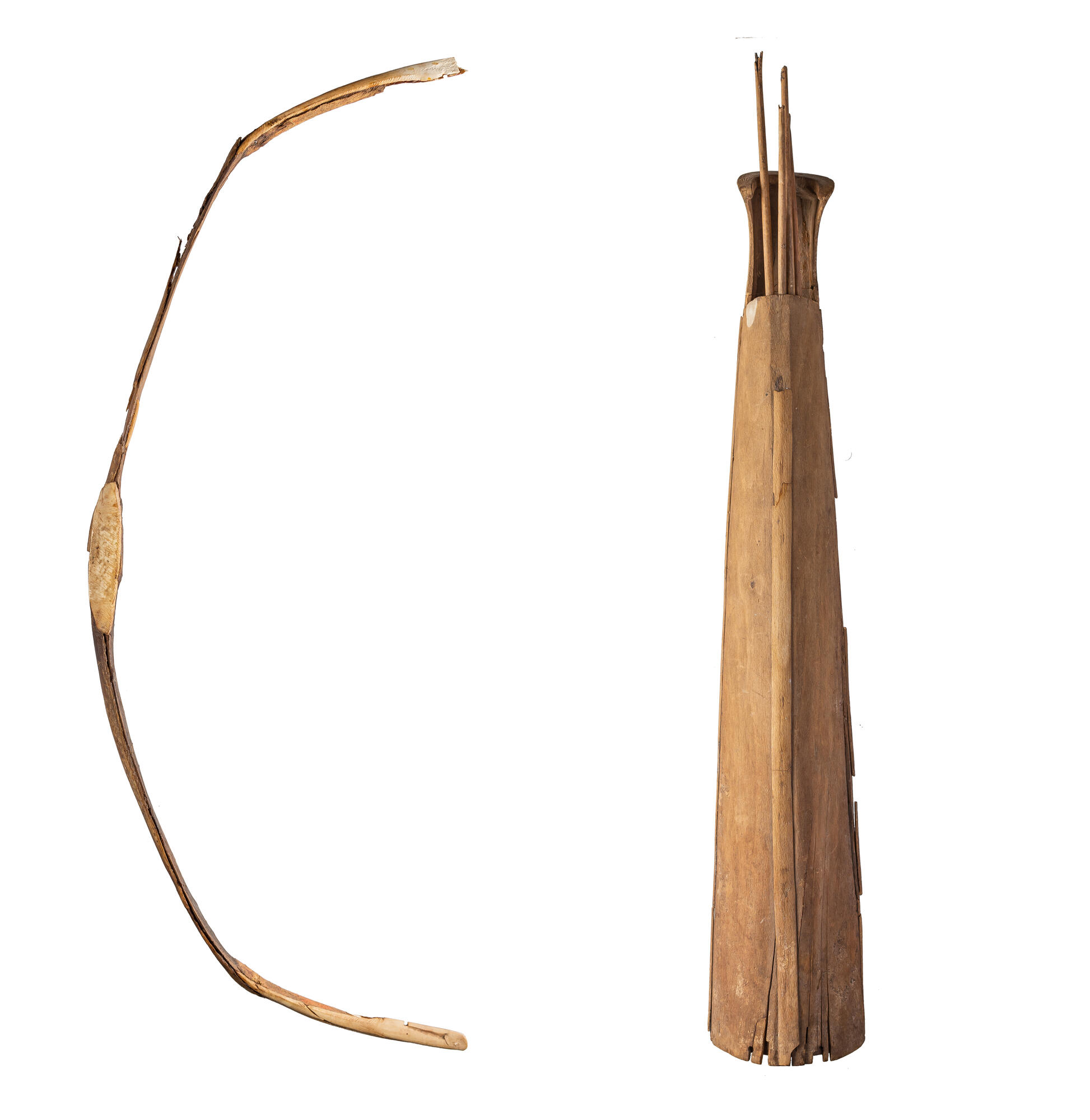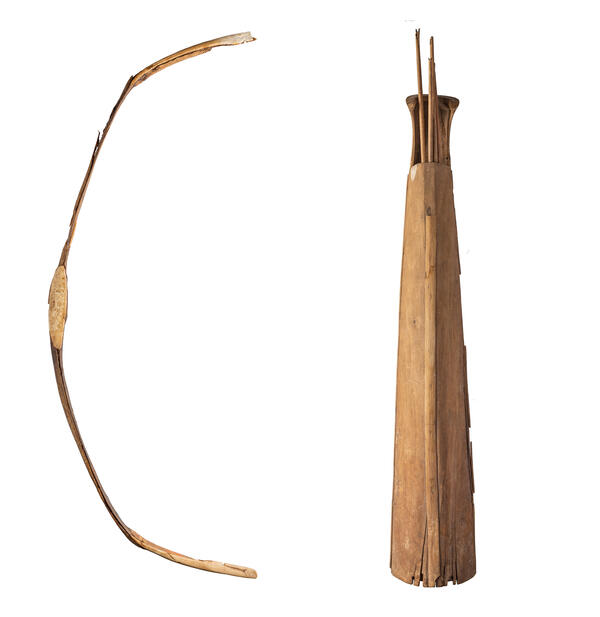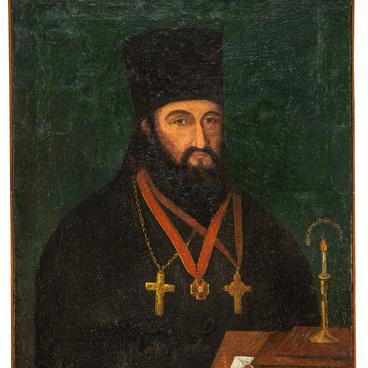The collection of the Krasnodar State Historical and Archaeological Museum houses a composite dogwood bow and a quiver with arrow shafts. They were made approximately between the 8th and 9th centuries AD in Alania — a medieval state on the territory of the North Caucasus. Such exhibits are considered very rare: in ordinary burials, after being underground for several centuries, they ended up decomposed, and in the case of cremation, they were burned together with the body of the deceased. However, the presented exhibits were found in the rocks, where materials of organic origin were preserved better.
Composite bows were invented by the warriors of the Middle East. Strong, but flexible wood, which would be suitable for the core, was rarely found there. Therefore, it had to be supplemented with other materials — bone or horn, for example. At the same time, the combinations were different: in some cases, integral wooden cores were combined with side plates in several points, in others, the entire base was assembled from individual fragments.
The composite bow from the collection of the Felitsyn Museum belongs to the Hunnic type of weapon: this is the name of large and powerful models with a wooden core and additional side plates on the handle and horns, that is, the ends to which the bowstring is attached. They did not require particularly strong wood: most often the craftsmen chose dogwood, maple, or birch. The workpiece was first soaked in cold water for two days, then held over steam for several hours so that it became soft and flexible. After that, the core was given the desired shape — for this purpose, there were special templets in each armorer’s shop.
The wooden workpiece was dried for two weeks, then the ends were strengthened with leather thread and bone side plates. In this form, the construction was left for about one year, so that it took the desired shape.
The finished core was again supplemented with side plates — on the handle and ends. Most often they were made of the horns of a mountain goat or buffalo. Such material was quite strong, well amenable to processing, and fit tightly to the core. The horn was first cut to the desired length, then steamed to give shape, and glued to the base of the bow. In this form, the weapon was stored for several more months, until the glue finally solidified.
To increase the tension of the core, the craftsmen pasted dried animal sinew on its reverse side, then rolled the product into a ring, fixed it, and allowed it to dry. The whole process of making bows took from one to three years. The finished weapons were varnished or painted.
Composite bows were invented by the warriors of the Middle East. Strong, but flexible wood, which would be suitable for the core, was rarely found there. Therefore, it had to be supplemented with other materials — bone or horn, for example. At the same time, the combinations were different: in some cases, integral wooden cores were combined with side plates in several points, in others, the entire base was assembled from individual fragments.
The composite bow from the collection of the Felitsyn Museum belongs to the Hunnic type of weapon: this is the name of large and powerful models with a wooden core and additional side plates on the handle and horns, that is, the ends to which the bowstring is attached. They did not require particularly strong wood: most often the craftsmen chose dogwood, maple, or birch. The workpiece was first soaked in cold water for two days, then held over steam for several hours so that it became soft and flexible. After that, the core was given the desired shape — for this purpose, there were special templets in each armorer’s shop.
The wooden workpiece was dried for two weeks, then the ends were strengthened with leather thread and bone side plates. In this form, the construction was left for about one year, so that it took the desired shape.
The finished core was again supplemented with side plates — on the handle and ends. Most often they were made of the horns of a mountain goat or buffalo. Such material was quite strong, well amenable to processing, and fit tightly to the core. The horn was first cut to the desired length, then steamed to give shape, and glued to the base of the bow. In this form, the weapon was stored for several more months, until the glue finally solidified.
To increase the tension of the core, the craftsmen pasted dried animal sinew on its reverse side, then rolled the product into a ring, fixed it, and allowed it to dry. The whole process of making bows took from one to three years. The finished weapons were varnished or painted.



